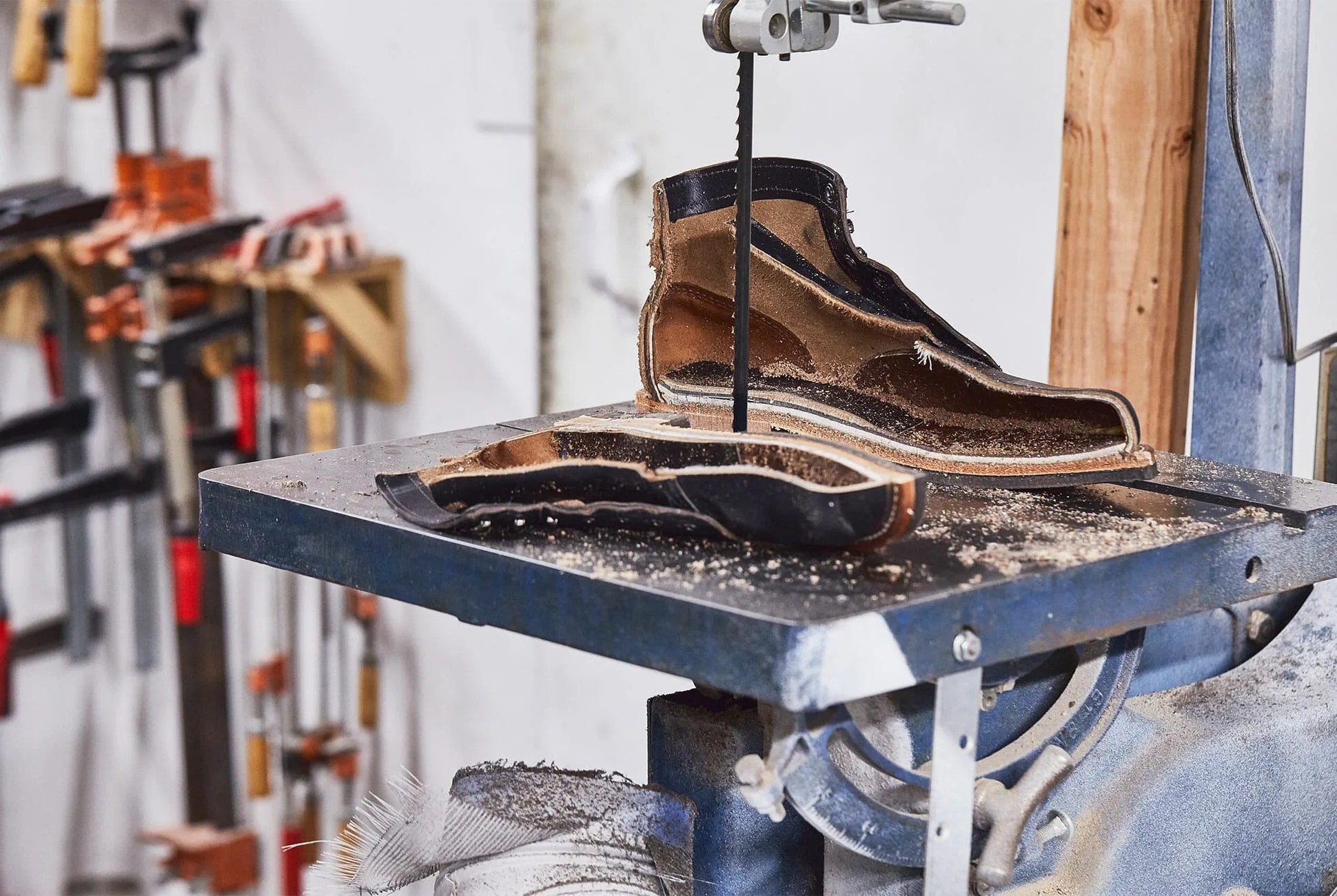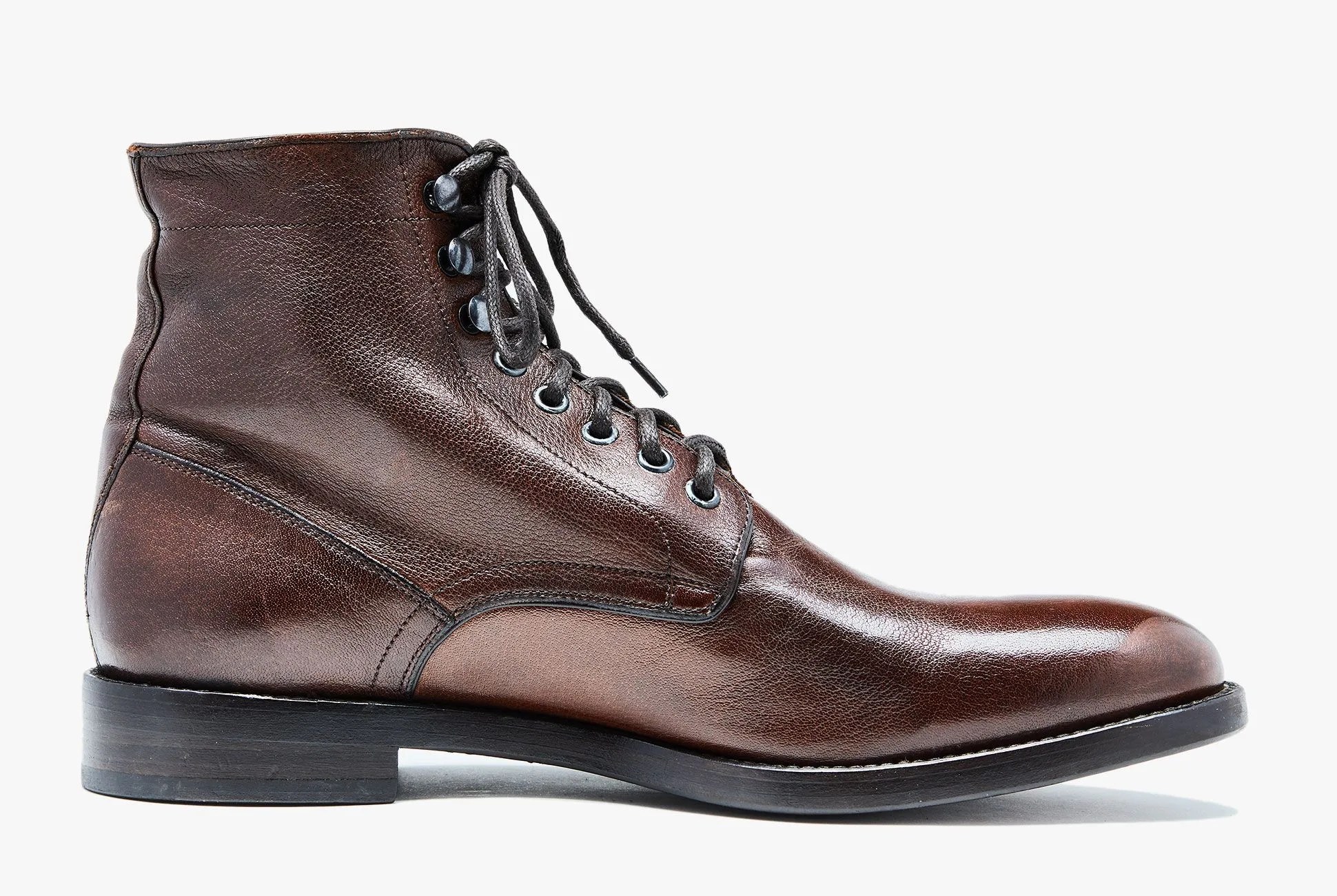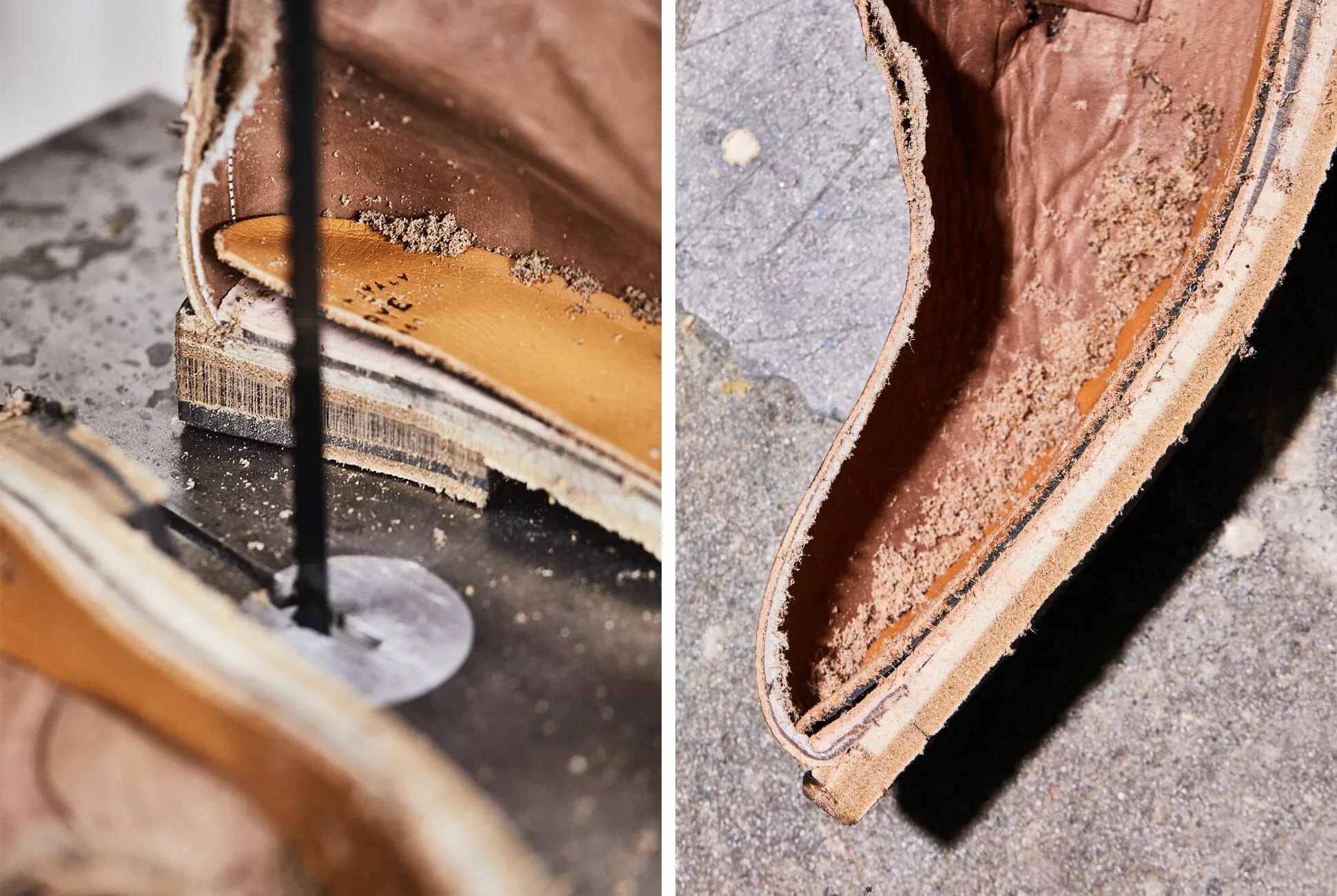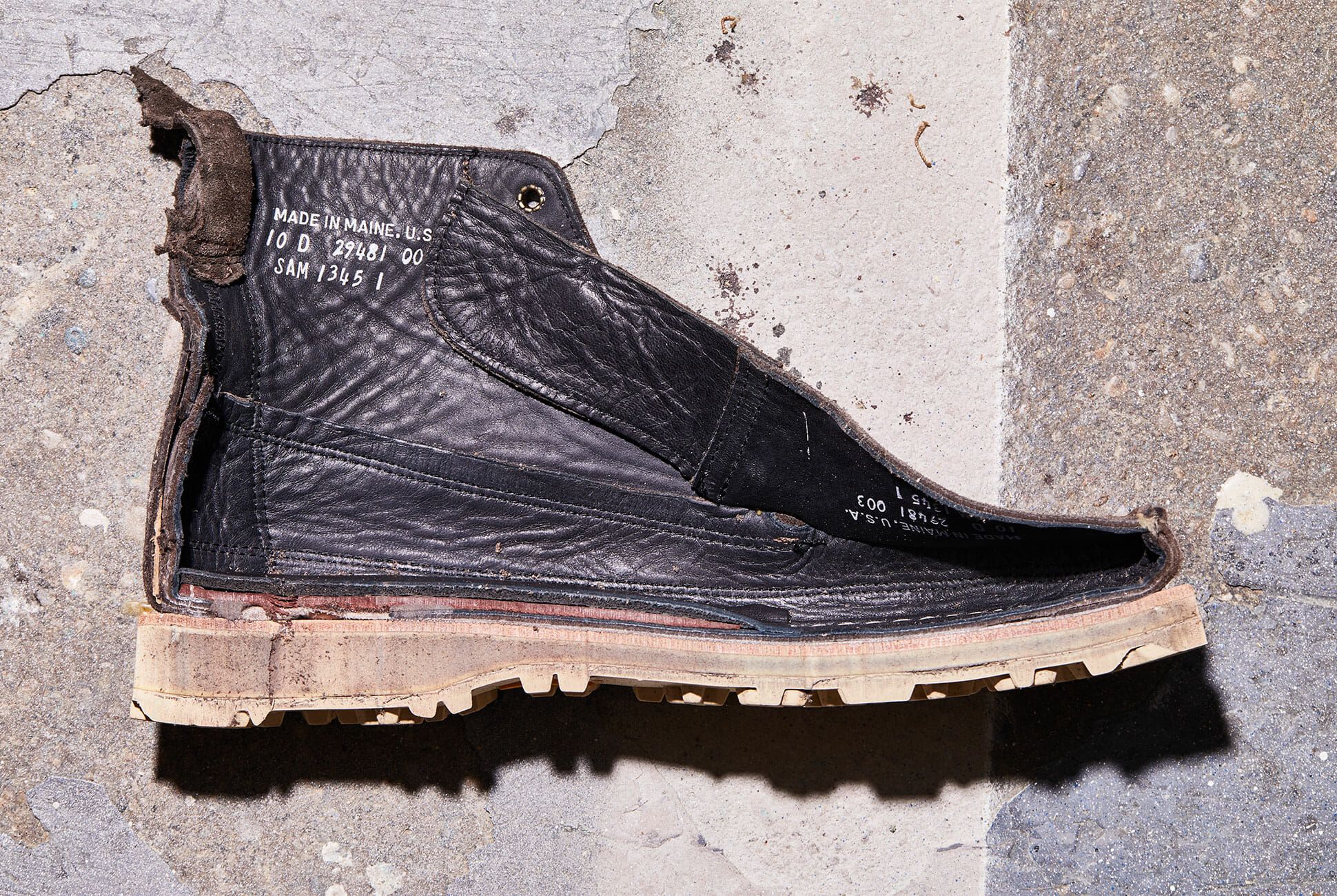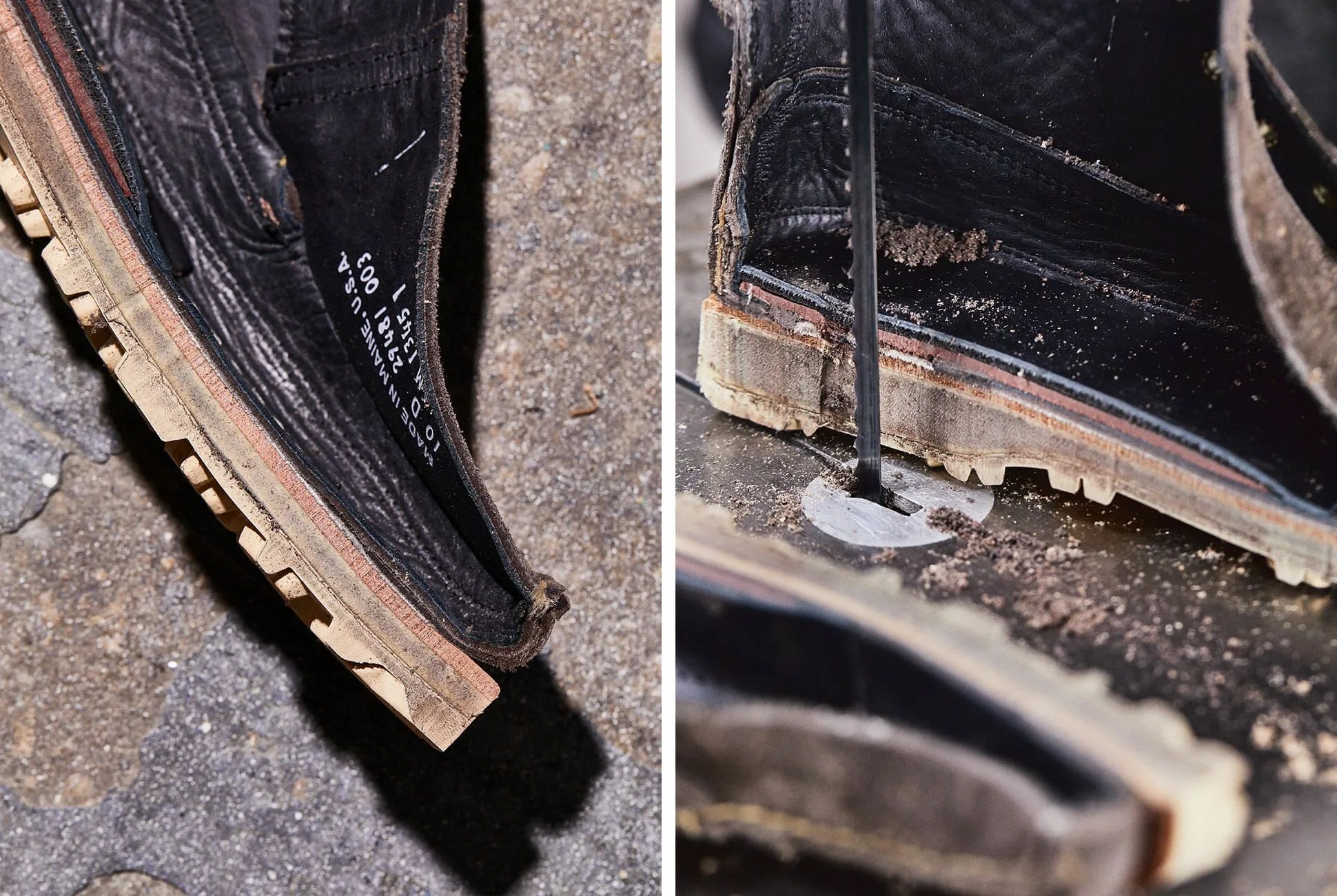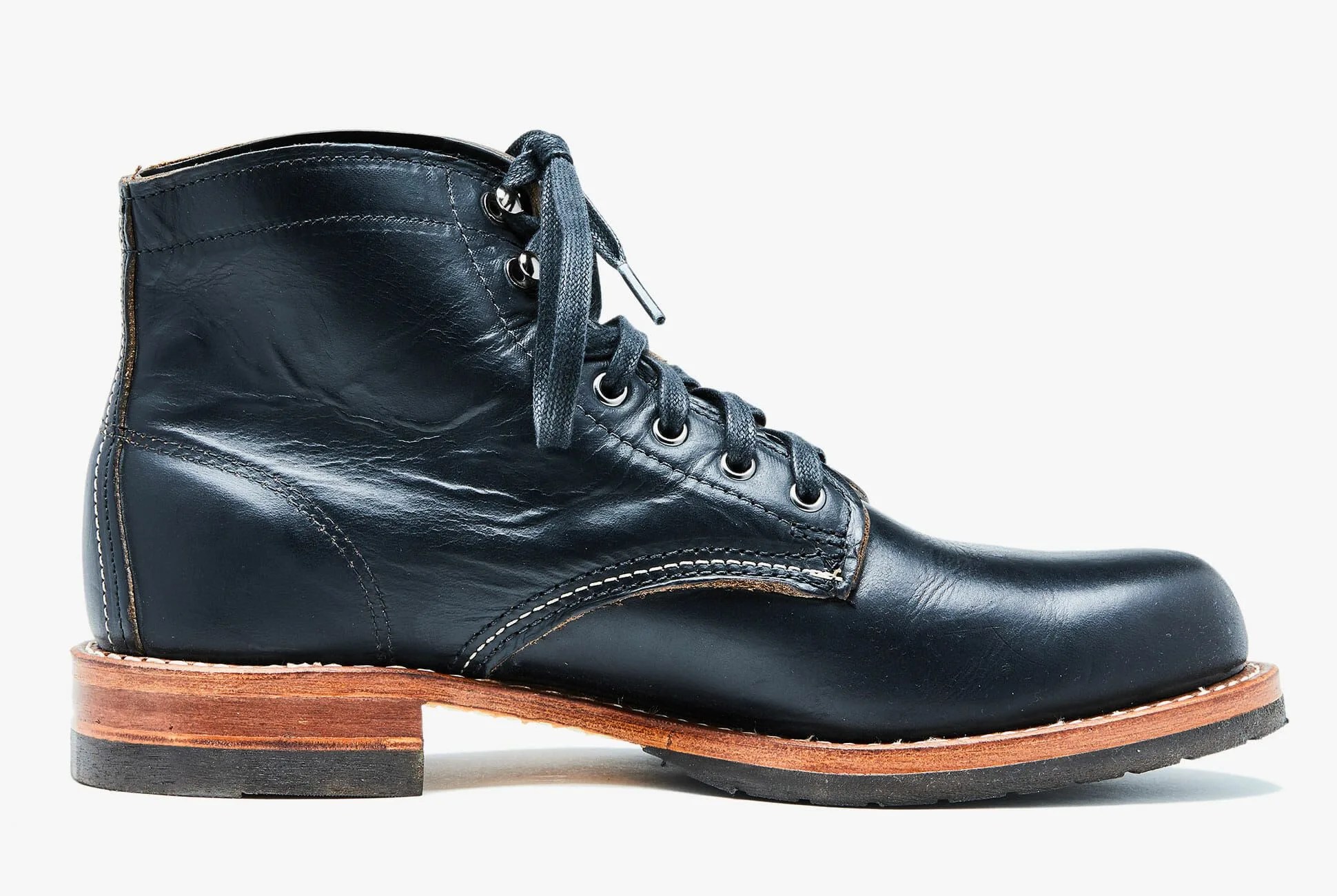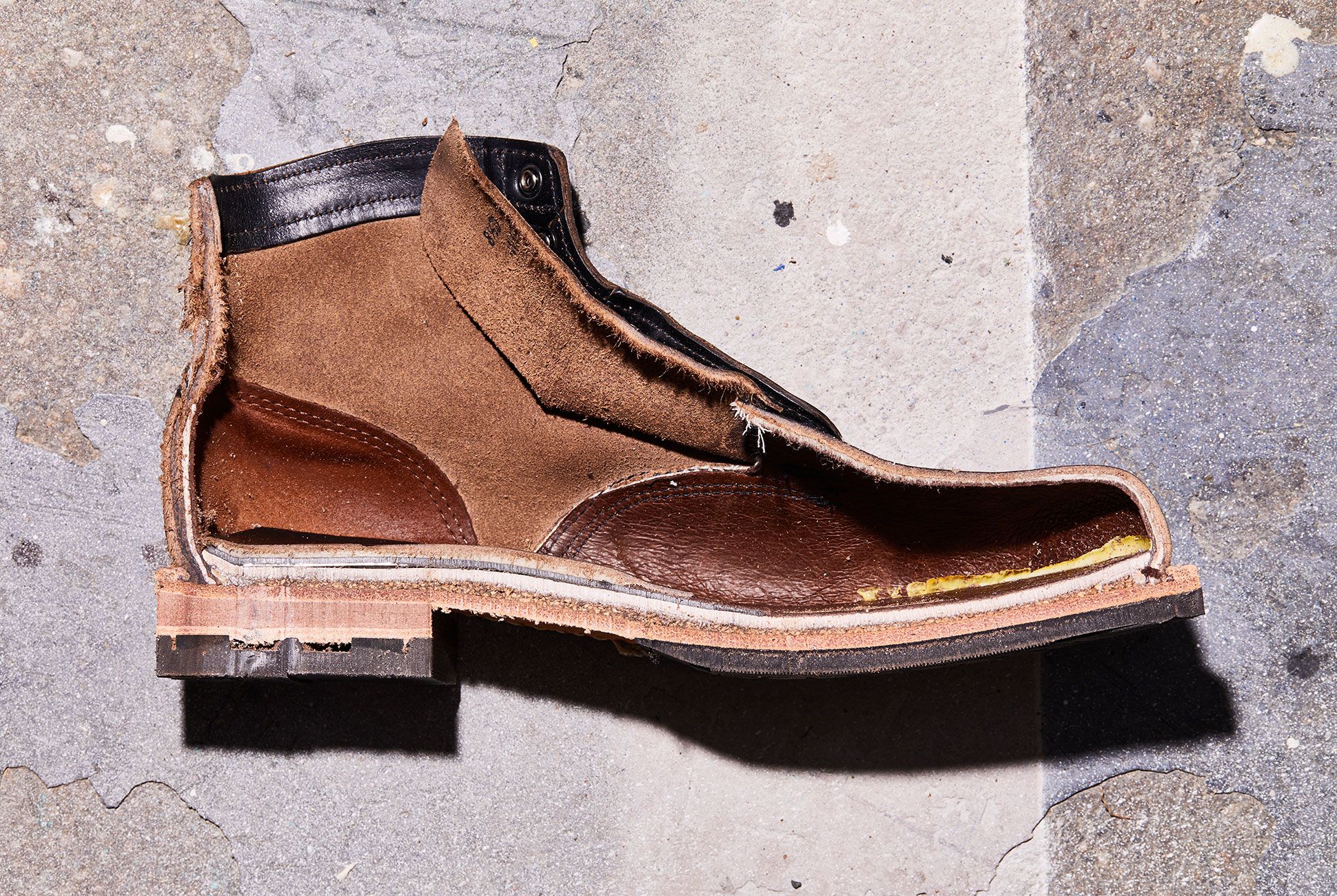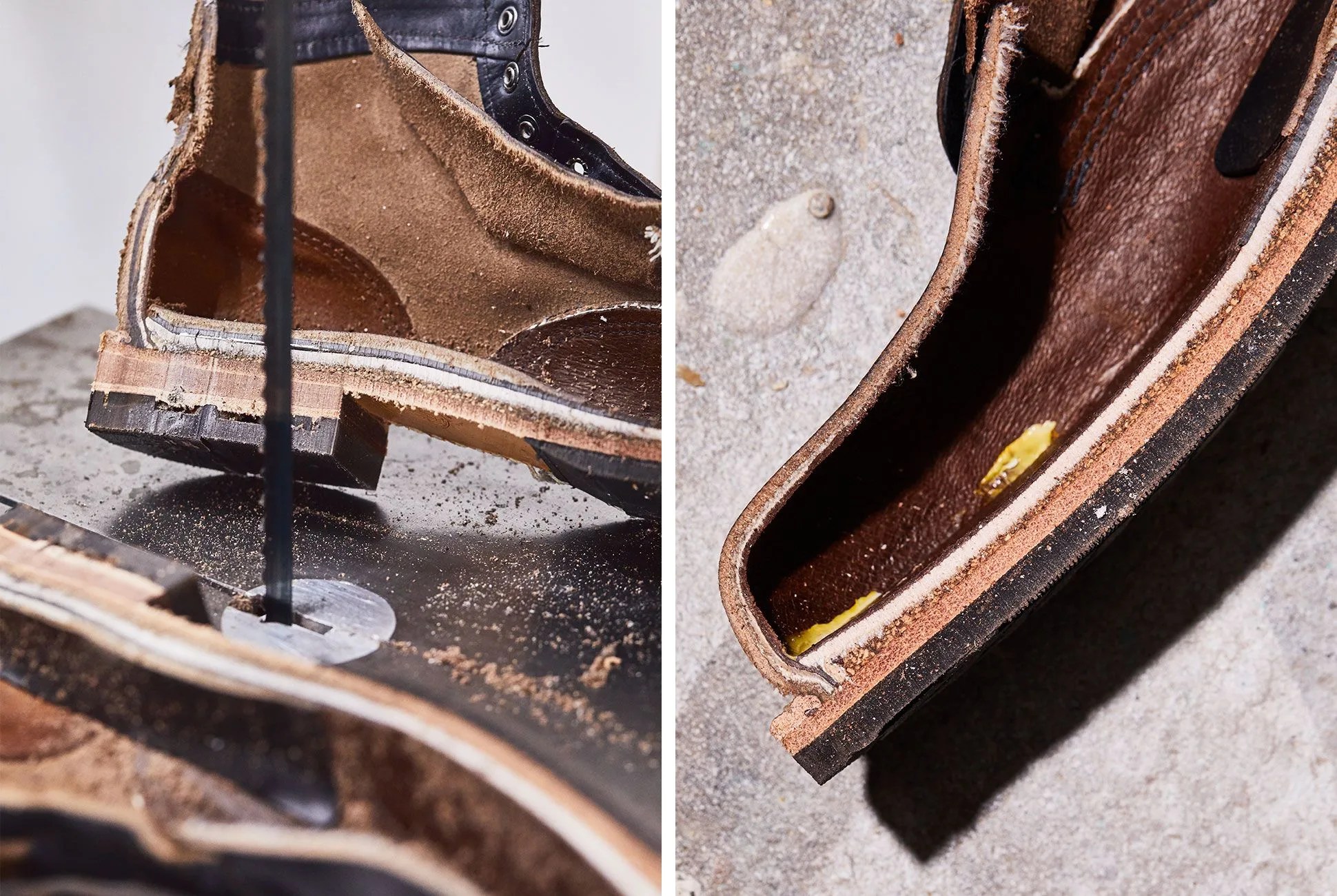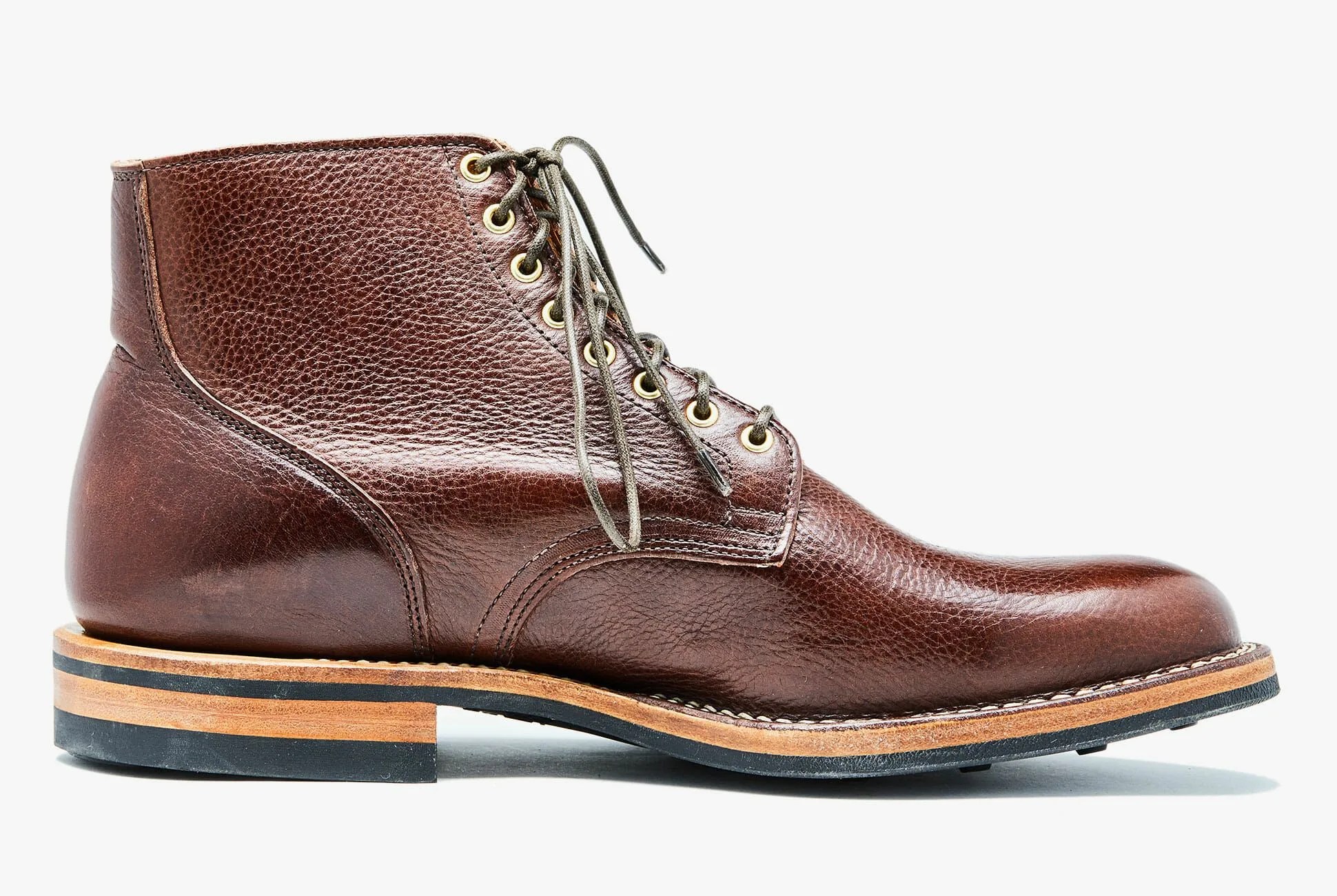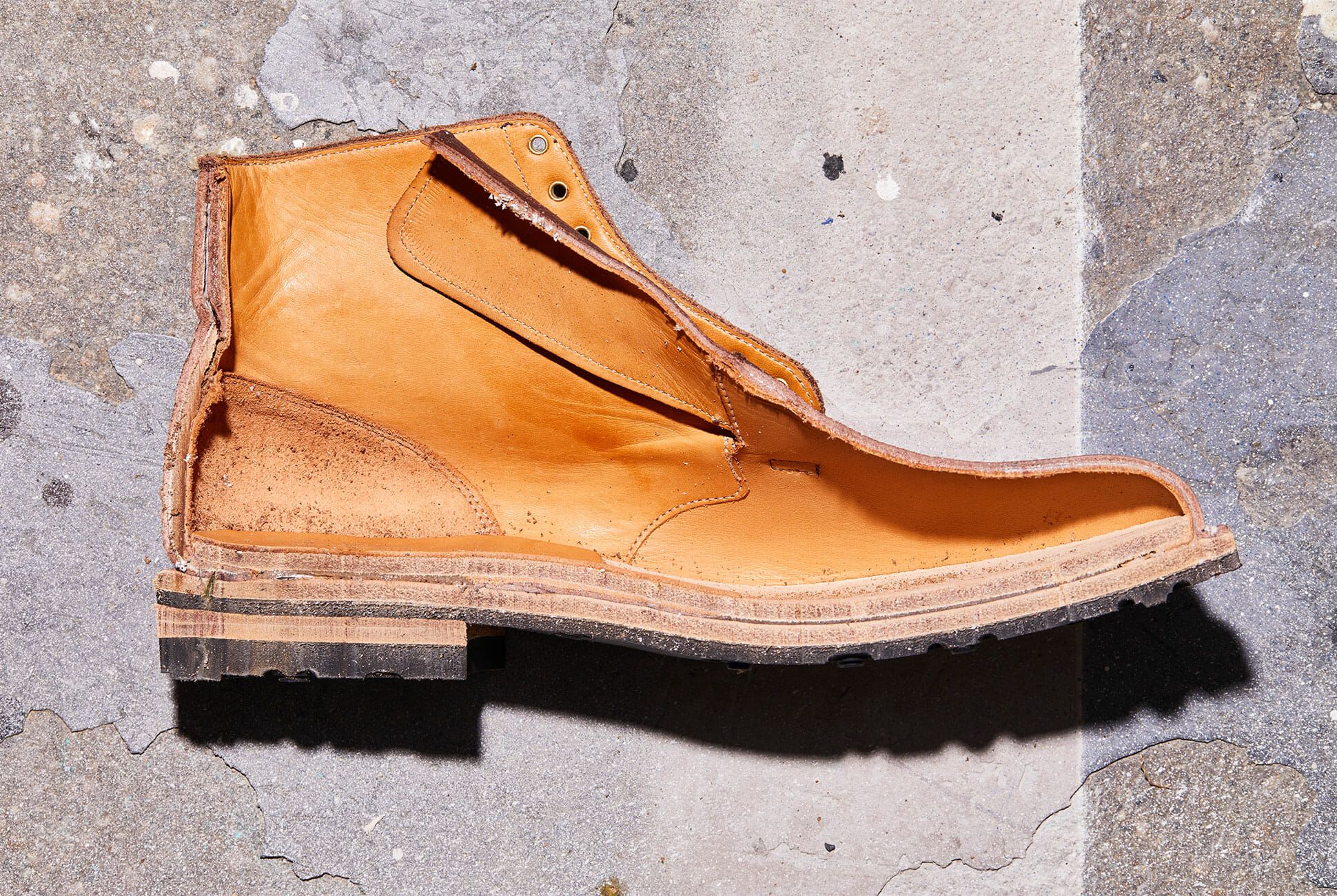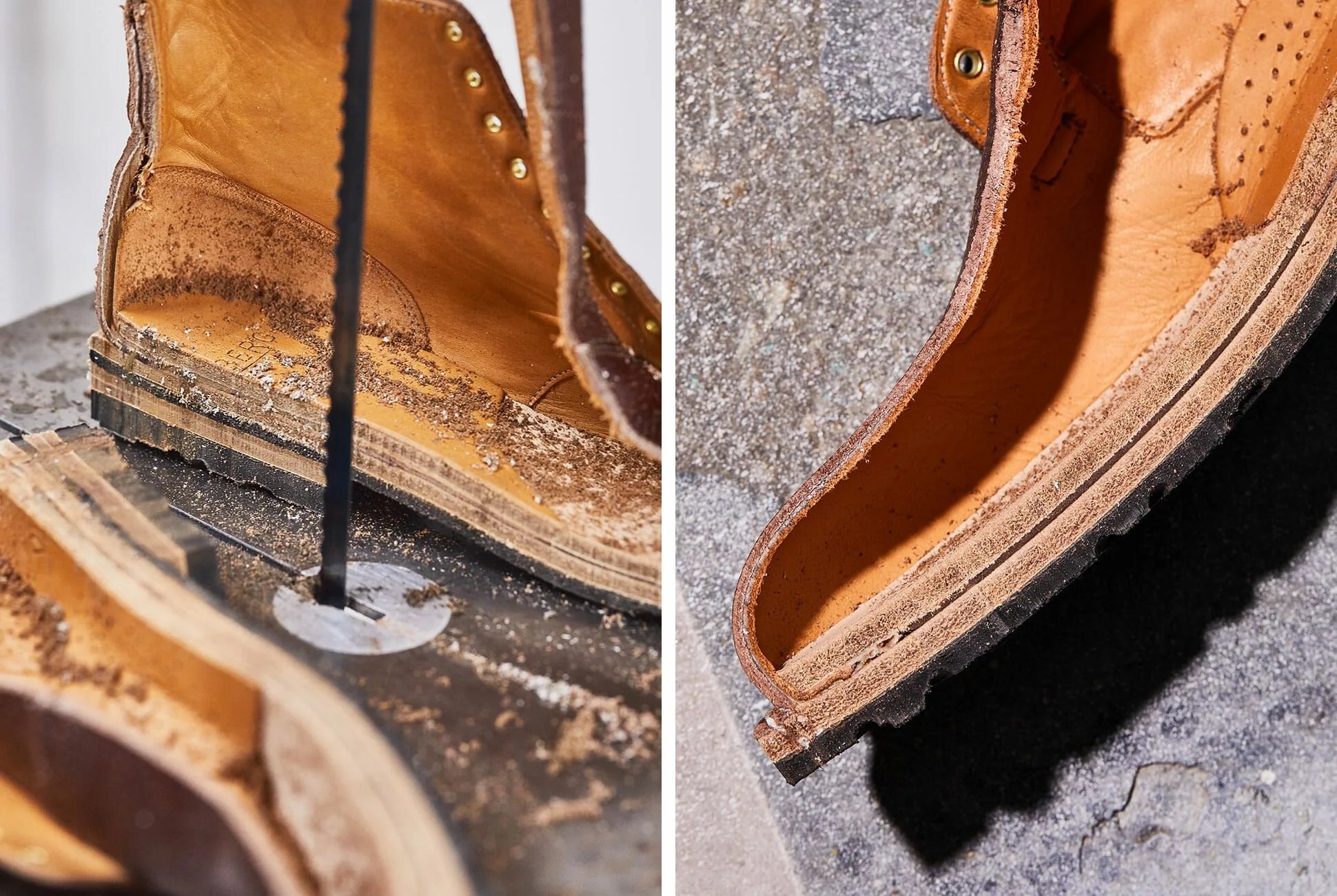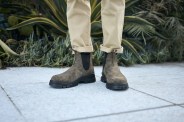Frequently at Gear Patrol, we implore readers to invest in quality boots. We wax poetic about how a great pair will age: how it will develop a unique patina, how it will form to the wearer’s foot, how it can be resoled countless times. We talk about it like it’s a serious investment, not as a rhetorical exercise, because it actually is. Most quality boots cost hundreds of dollars and are designed to last for years.
When many brands or retailers describe expensive boots, they often rely on manufacturing processes as marketing terms. This is Goodyear welted, therefore, it is a quality product. Though construction processes undeniably have an effect on the quality of a boot, one method is not necessarily better than another. They have different purposes and features, resulting in boots appropriate for different situations. A problem arises when we stop equating a manufacturing term with its process and start equating it a value: good or bad. When this happens, a term can be wielded as a marketing force, confusing process with virtue.
So, to clear some of the haze enveloping rhetoric and process, we decided to explore a few typical types of boot construction. Often, it’s difficult to picture how a boot is actually put together, where the stitches go and what you’re actually standing on. So we sourced prime examples of each type — Cemented, Blake/McKay, True Moccasin, Goodyear Welt and Stitchdown — from some of the top brands in the industry and asked Brooklyn furniture maker Asa Pingree to cut them in half. (Swipe through to the end of each slider below to watch him at work.)
Looking at their cross sections, we’re able to clearly see what components go into a pair of boots and how they are all connected. We can see why some construction styles take more time than others (and therefore cost more) and how some styles use more materials. Most importantly, in understanding how the upper, insole, midsole and outsole relate to each other, we can begin to see the values inherent in each construction method and how those might be relevant to our own lives.
This story originally published in 2019, which means some of the below boots are no longer made or in stock.
Terms to Know
- Insole: The interior surface of the boot that comes in contact with the sole of your foot.
- Last: The wood or plastic form used to create the shape of a boot.
- Midsole: A structural layer of the boot that sits between the outsole and the insole.
- Outsoles: Sometimes just called the sole, this is the bottom surface of the boot that comes in contact with the ground.
- Upper: The combination of parts of the boot’s top, including quarters (which wrap around the heel), vamp, tongue and saddle.
- Vamp: A part of the upper that covers the instep of the foot and can extend over the toe in certain styles.
- Welt: A narrow strip of leather on the exterior of the shoes that secures the midsole to the upper.
Cemented Construction
3 photos
Blundstone Original 500 Boots
Cement construction is the fastest, most affordable method to attach an upper to a sole. Australian brand Blundstone makes what is regarded by many as one of the industry-leading cement construction boots. For its iconic Original 500 boot, the brand uses adhesive to glue the weather-proof oiled-leather upper to the slip-resistant polyurethane outsole. No welting is used in this style construction, so it’s not easy to re-sole the boots. But because they’re relatively easy to produce, they tend to be more affordable than boots made with other methods.
The cemented construction does allow Blundstone to integrate a number of comfort-based materials to the midsole. The boot features an SPS Max Comfort system made up of Poron XRD microcellular impact technology. This open cell, breathable foam material — positioned directly under the heel — combined with a cushioned midsole provides a high level of comfort from the first wear. A removable foam insole offers another small layer of padding. Which means you don’t have to spend weeks or months breaking them in.
